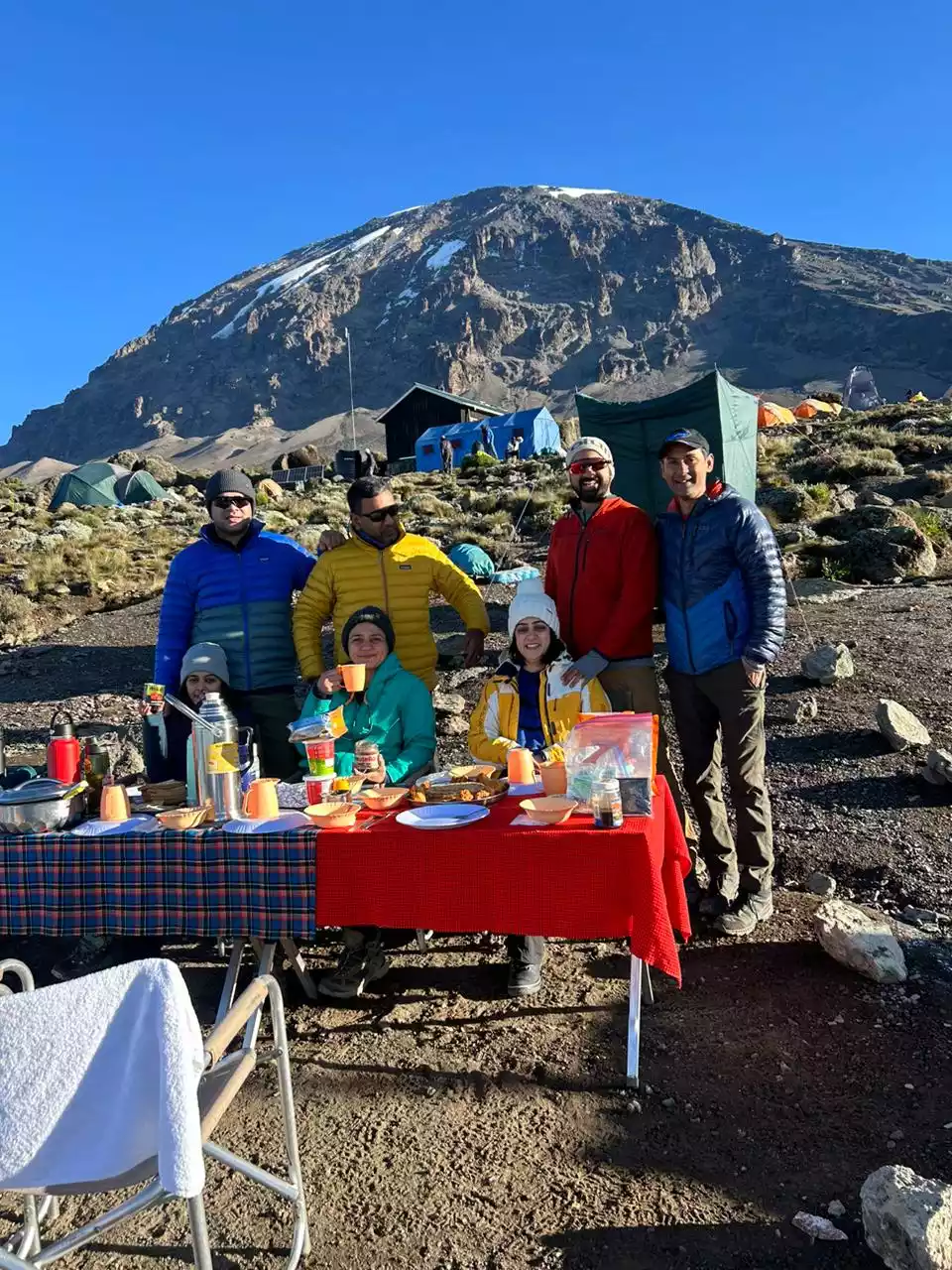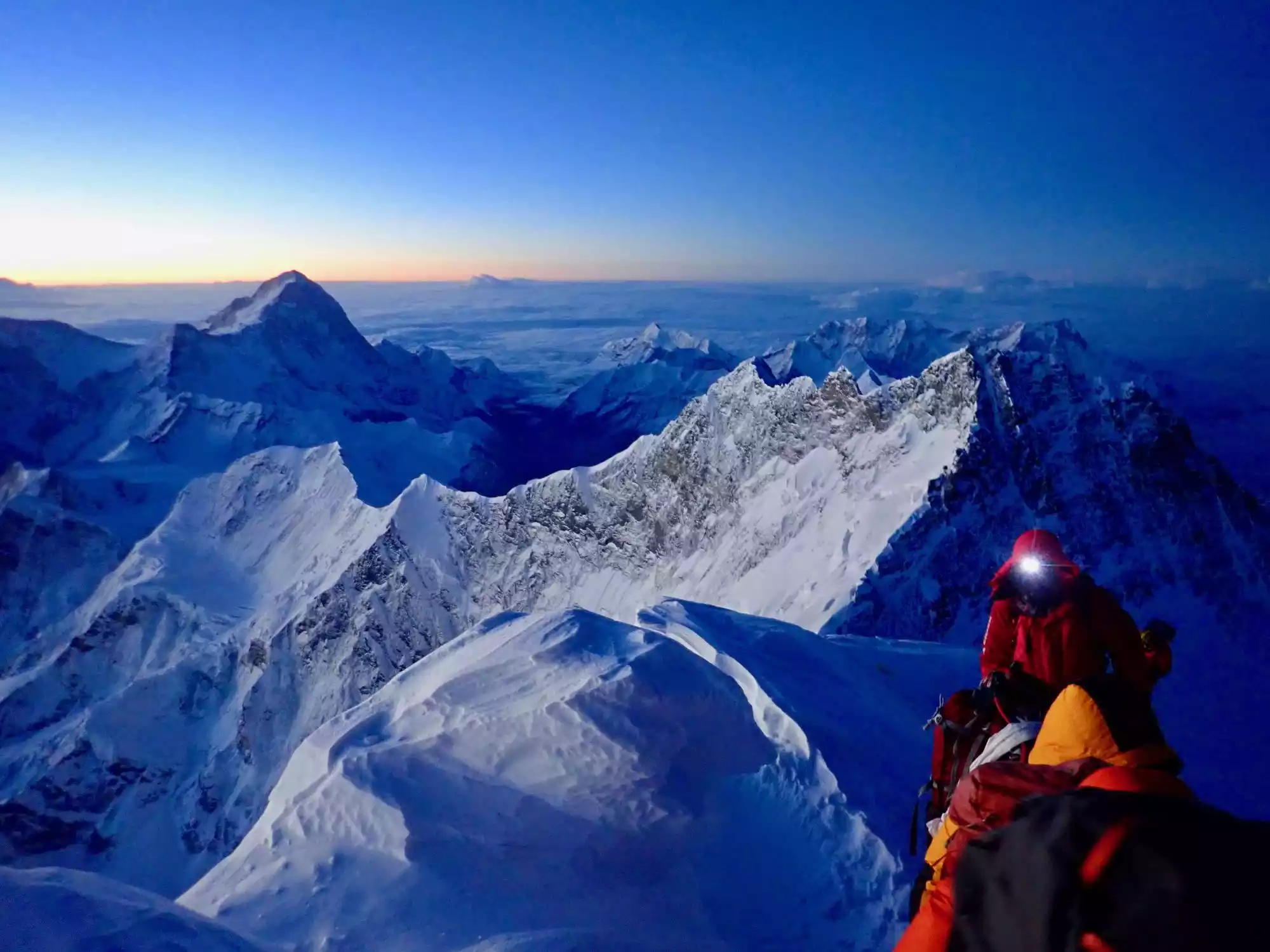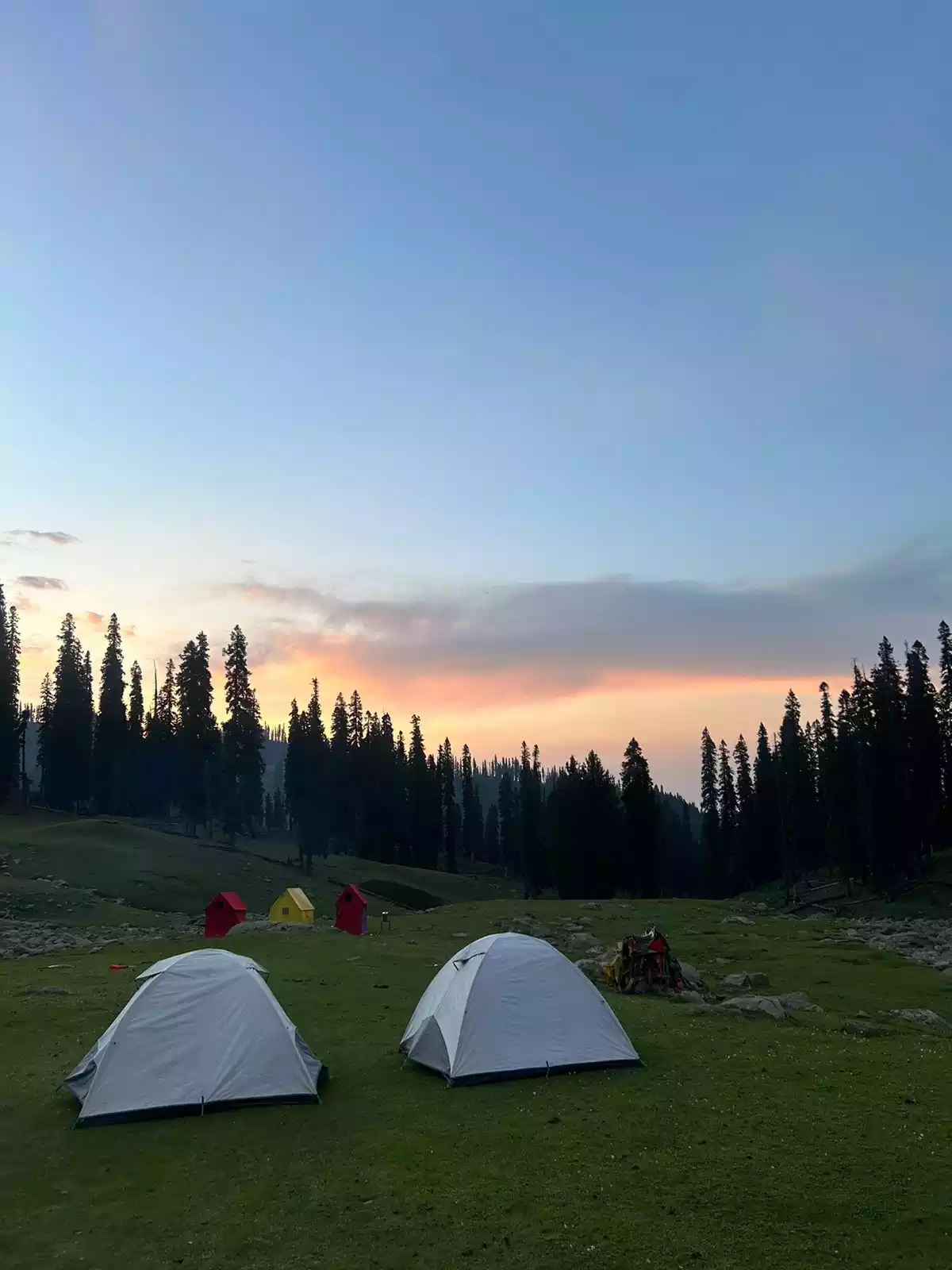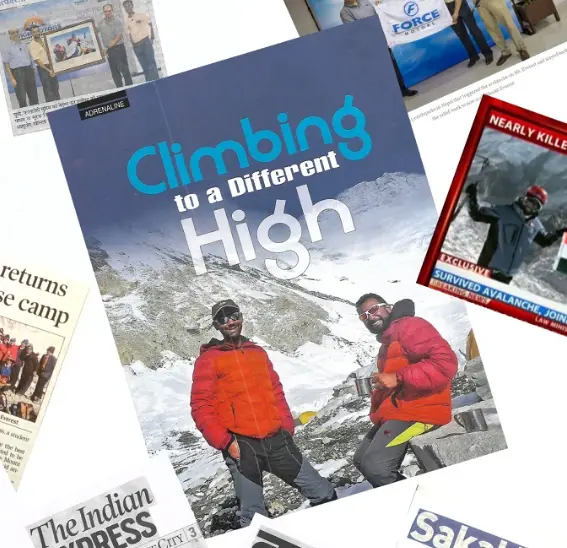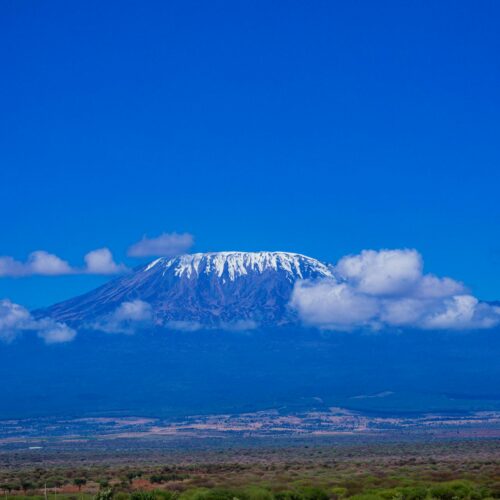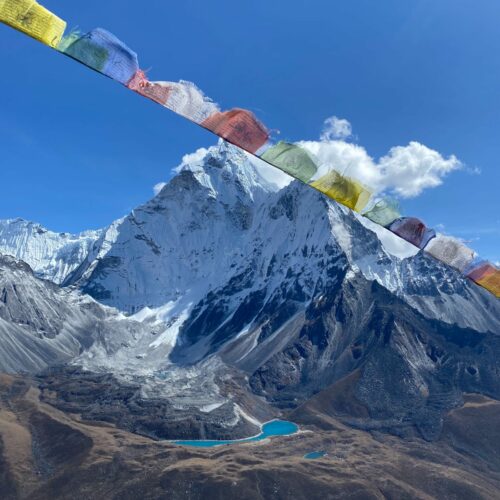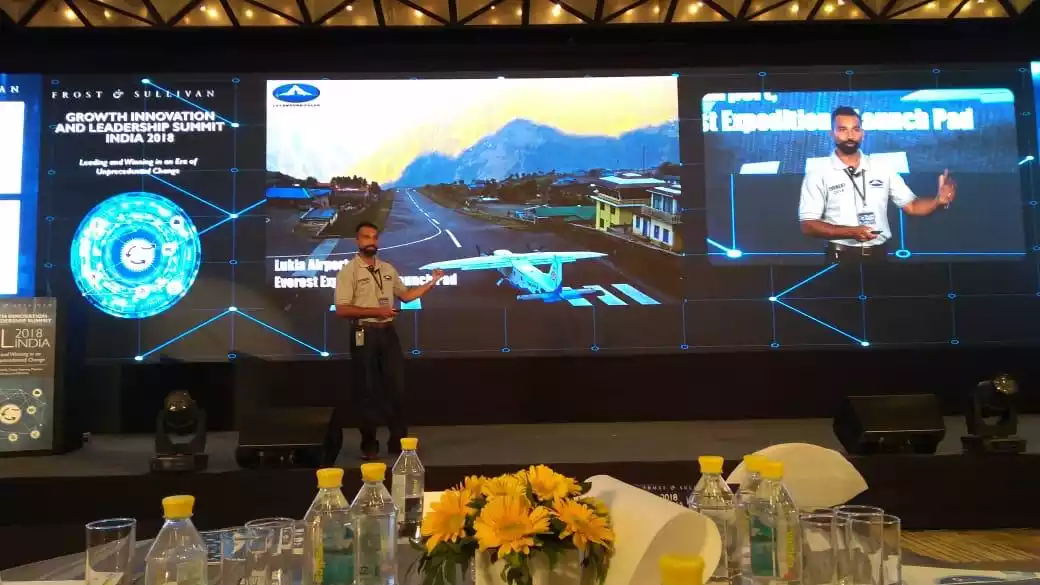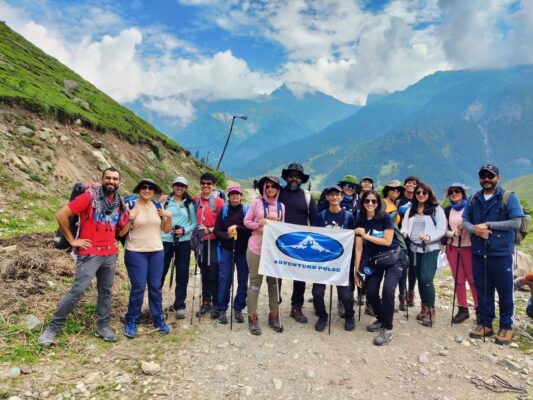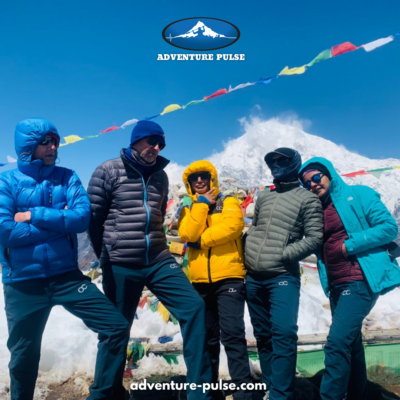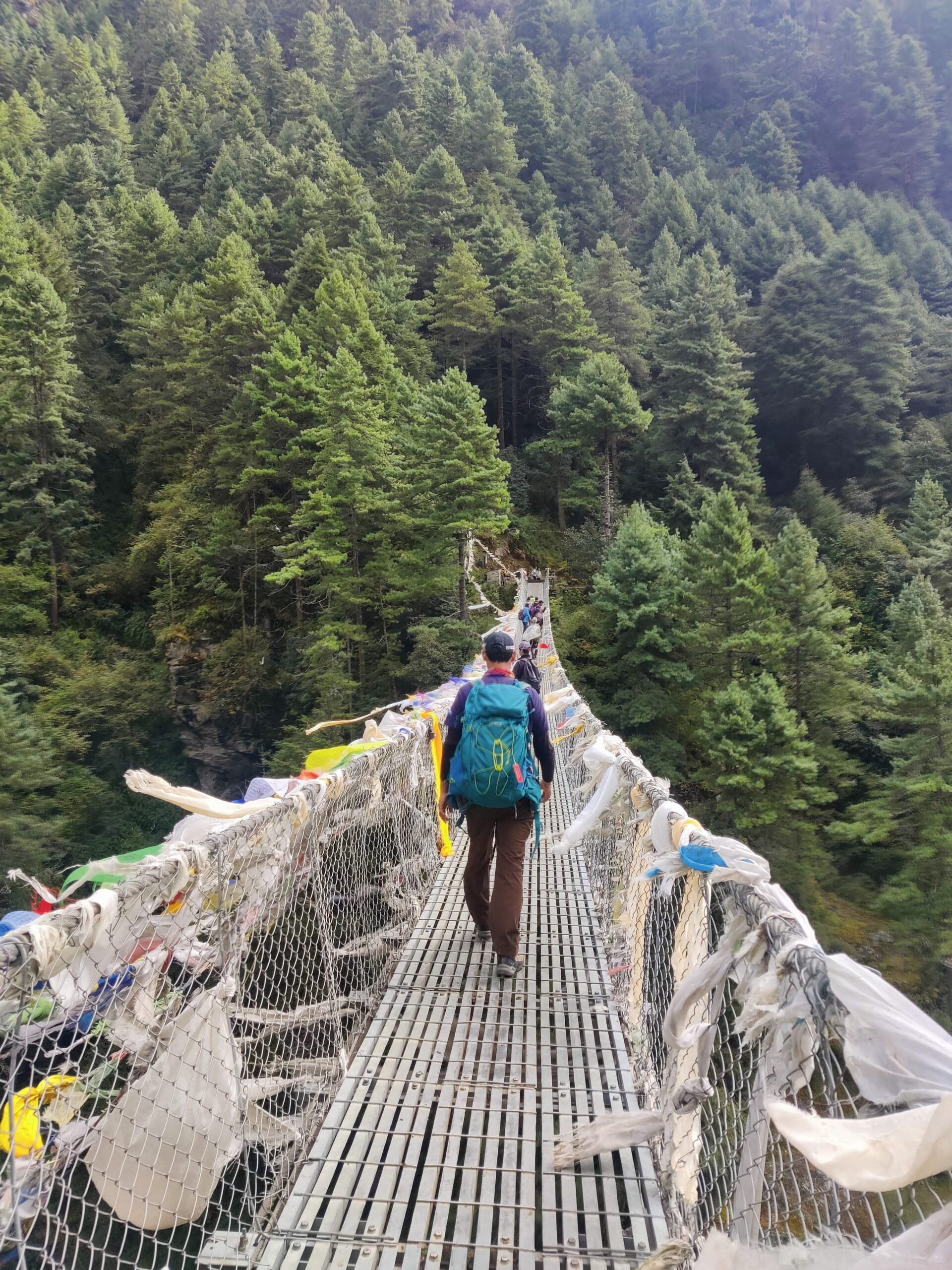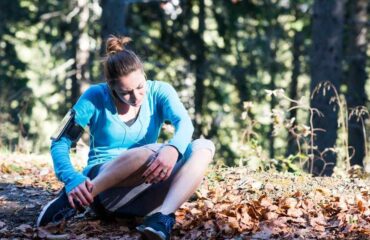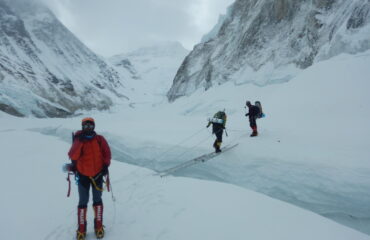
Preparing for a trek mentally and physically is imperative for any trek. But before we get to do just that, I would like to congratulate you. Signing up for any trek, a day or High-Altitude Trek is a big step and warrants the biggest of High-5s. Taking on the challenge of going for a trek may seem daunting but I assure you that you can do it. We at Adventure-Pulse believe in taking things slowly and listening to your body. This is the same mantra we apply to preparing for any trek. In this article, I’ll outline a foolproof method to ensure you are prepared for any trek.
Why is it important to prepare for a trek?
Preparing for a trek is important as it allows you to finish the trek comfortably and without any injuries/issues. Being underprepared opens you up to an array of problems. From self-doubt to exasperated fatigue, underprepared individuals struggle more on most treks. Mental and physical fatigue can also cause physical injuries which can prematurely end your adventure.
The two aspects to preparation
The two main aspects you must consider before preparing for a trek are mental and physical. In my experience, further emphasis must be given to the mental as on long treks, your mind is the first to give in. A strong mental fortitude will also ensure your motivation to train for a trek. The mental aspect of the trek refers to mostly your mindset before and during any trek.
The physical generally refers to your capability of trekking through varied terrain and altitudes. All treks require a level of fitness that varies greatly with distance covered, days trekking and altitude. Most day-treks such as Vichitragad and Sinhagad around Pune; Savandurga and Makalidurga near Bangalore and beginner level treks and can be done by most individuals. However, High altitude treks such as Everest Base Camp, Kashmir Great Lakes will require significant fitness levels as compared to local treks (as mentioned above).
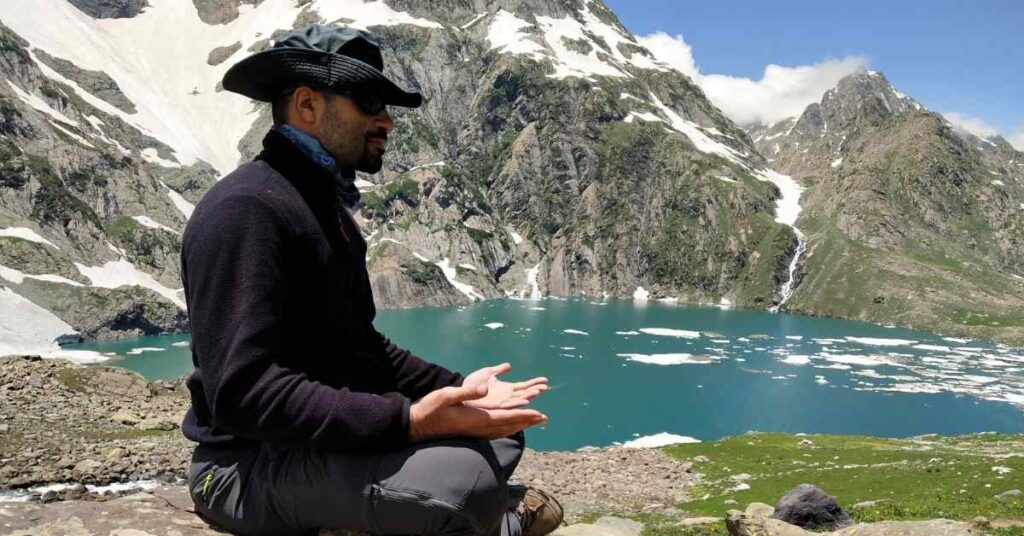
How to prepare for a trek mentally?
As mentioned above, mentally preparing for a trek is important as believing that you can finish a trek is what will ensure that you do it. Most trekking is a mental battle, with your mind pushing your body to go that extra mile. In short, your mindset is everything; a positive mindset can make or break your trek and changes your outlook on the process.
There are a few steps you can take to build up mental fortitude before a trek
- Understand that it is normal to be nervous and is something that everyone feels before the start of any trek.
- Acceptance of the fear of the unknown and that the fear is what makes us human.
- Setting the right expectation, that a trek is a completely different experience and there are a lot of things that will be completely new.
- Research and due diligence; can be done by speaking to us, watching videos or reading blogs. By knowing what you’re getting into you can help mitigate some of the unknowns.
- Understand that you’re going for a trek and it’ll be an experience and you have the choice to make it an amazing one or an average one.
- Don’t be so hard on yourself. Most often we find people being hard on themselves for getting tired and falling behind the group. They get angry at themselves for stuff like being an athlete in school and then struggling on a trek and so on. Trekking is a spiritual journey and the furthest thing from a competition. No two people have the same experience on any trek.
- Meditating can help bring clarity and help calm the mind and is a practice you can adopt even while preparing physically before the start of the trek.
How to prepare for a trek physically?
As trekking involves walking for many hours through undulating terrain and varying altitudes (Surprise surprise) it requires a certain level of fitness. You should choose a trek that plays to your current level of fitness and that gives you enough time to prepare (Physically and mentally).
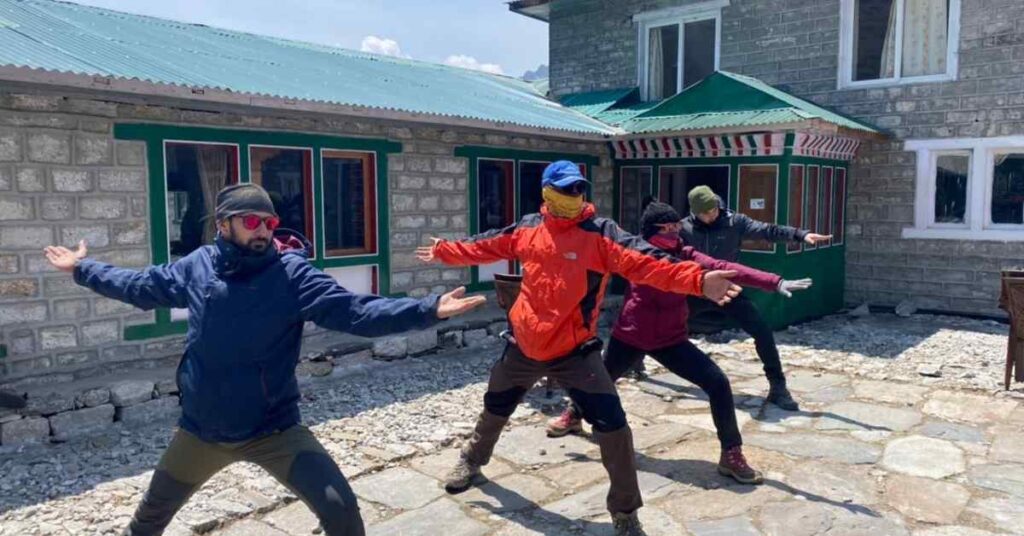
Which grade trek should I choose?
We at Adventure-Pulse grade treks on a scale of easy to difficult. These grades are based on our experience and have been adapted to meet our clientele. If you are interested in a particular trek, I would highly recommend calling us and we’d be happy to take you through it, thus ascertaining if the trek is ideal for you.
For the purpose of taking you through the minimum timelines required to prepare for a trek, let me introduce Raghav, a fictional character (totally not the name of my best friend). Raghav is in his early 40s and has never trekked before but walks regularly for 20-30 minutes at home. He has never been to high-altitude and will serve as our benchmark.
- For local treks: Raghav will be able to trek to most forts around Pune and most local treks are in his scope. Katraj to Sinhagad will be harder but with 2 weeks of preparation, he can do it.
- Easy High-Altitude Treks (HAT) will require 1-2 months of preparation. Moderate HATs will require 3-4 months of preparation and difficult HATs will require 6 months of training. Mountains above 6000 metres will require 6 months of training and a moderate HAT.
Structuring an exercise regime
As you sign up for a trek, count the weeks for that trek and note it down. In a week, you should target 3-4 sessions of dedicated working out; the rest of the week on passive exercise such as taking the stairs and stretching. You can use fixed days with a day’s rest between workouts to allow your body to heal.
What types of activities and exercises must I do?
Activities such as walking, running, cycling, climbing stairs and swimming are ideal as they target the muscles you’ll be using the most while trekking. Apart from that, exercises such as squats, lunges, crunches and pushups will help build your strength further. Depending on the amount of time you have, start the first week slowly, close to 75% of what you can do. Increase that amount every two weeks by around 20% i.e. 20% increase to your running distance or time. Increase the number of repetitions for the exercises.
Ideally, you want to build a regime that can easily be applied to your current schedule. For example, if you walk regularly, increase the time of walking and carry a light backpack with some bottles to help build your stamina.
If you live in an apartment, climbing the stairs regularly will help build your leg strength. A steep slope also works and is the perfect tool to prepare for a trek.
Rest is as important and working out
Getting good sleep and giving your body time to recover between workout sessions is very very important. Your body needs ample time to rebuild its muscles and to heal. If your feel exhausted before the session begins, take the day off. It’s better to rest for another day than to overexert and increasing the risk of getting injured. In my opinion, resting well and a good night’s sleep can be even better than working out.
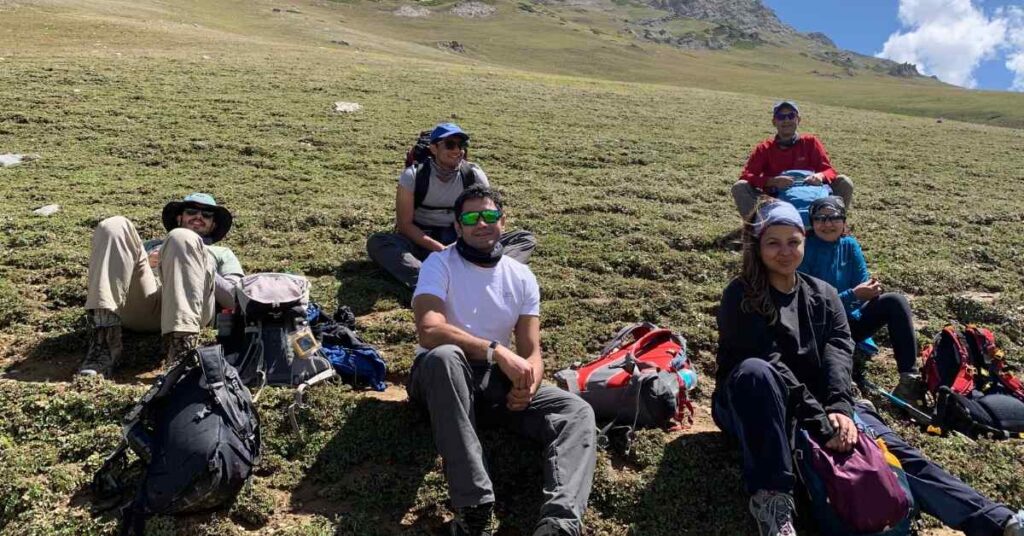
Eat healthy and nutritious food while preparing for a trek
Quite simply, food is fuel. Ideally, you want to limit your intake of junk and fast food. Try eating more fresh vegetables and good quality protein. Supplements are supplements and you don’t need them if you eat well-balanced meals.
Hydrate, Hydrate, Hydrate!
When you start your preparation for any trek, you’ll notice cramps developing in various muscles and maybe the entire body. This is because those muscles have lactic acid in them produced by your muscles using anaerobic respiration. Hydrating throughout the day can help relieve some of those cramps. Since you are exerting more, especially while working out, you need to provide your boy with enough water and liquids to help in the recovery process.
Feeling light-headed? Cramps aren’t going away? There’s a high chance you might be drinking less water.
Each trek on our website has a more detailed fitness plan catered for the challenges that that trek has. You can contact us at info@adventure-pulse and we’d be happy to structure a personalized fitness plan for you.

